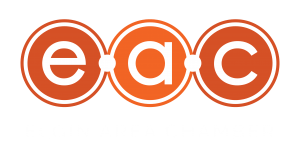Think about sitting down to play a board game or a video game. What is one of the first things you ask? “What are the rules? How do you play?”
The workplace is no different. When someone starts a new job, they are asking the same question. What are the rules here?
In business we do not really call them rules. We call them expectations. What is my responsibility? What deadlines matter most? What does success look like in this role? What benefits are available to me? Who do I go to for support?
When employees know the answers, they can focus on doing their best work. They have a guide to follow, and that clarity turns uncertainty into confidence. When they do not, it is like being handed a board game with no instructions.
Have a handbook
A handbook is not paperwork. It is the rulebook employees depend on. It lays out policies, expectations, benefits, and the ground rules that shape day-to-day work. Without it, people are left to guess. With it, they have clarity.
Build an onboarding checklist
Onboarding is where confidence starts. Use a checklist so every new hire gets the same introduction. Cover the basics: email setup, workspace, equipment, introductions, safety, pay, and benefits. These may seem small, but they add up to whether someone feels supported or lost on their first day.
Ask and improve
Onboarding and training should evolve. Ask employees what worked and what did not. Do it before they leave, not after. Being proactive keeps people engaged and prevents problems from growing. Feedback is not just for exit interviews.
Train and set expectations
Clarity is not only about rules. It is about growth. Train people well. Sit down with them to set goals and metrics that fit both the role and the business. If you hire an expert, let them help shape the targets. Use industry knowledge and input from your team to customize what success looks like in your workplace. Metrics copied from someone else’s business rarely work the same way in yours.
The takeaway
Employees cannot play the game if they do not know the rules. A clear handbook, a consistent onboarding checklist, proactive feedback, and tailored training give people the confidence to succeed. When clarity is built into the culture, employees stop guessing and start performing.


